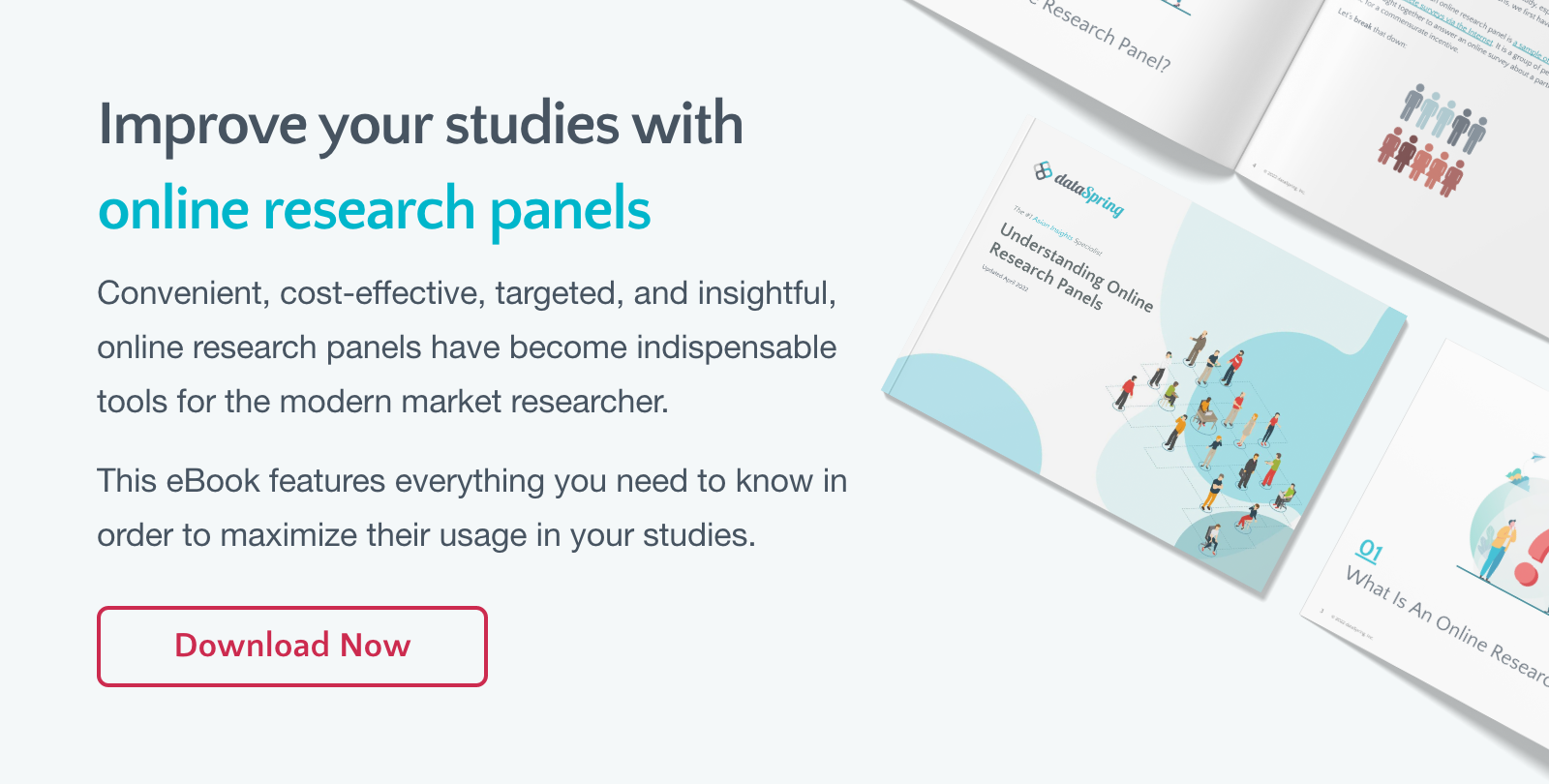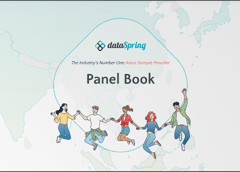
We’re on the verge of overcoming the pandemic. With vaccines being distributed across the globe, people are hoping to recover from the previous horrible year and get back with their normal lives. However, things might never go back to what they used to be. People will remain cautious in their interactions, with some having become so comfortable living in isolation that going out of their homes might prove to be a struggle. In response to the struggles created by the quarantine, new technologies were developed, giving rise to more convenient delivery services, e-commerce, and streaming entertainment.
"[2020] did potentially stretch people beyond what they thought they had in them, and now that can carry over into a year where maybe things slow down a little bit," said Beth Superfin, senior vice president of client experience at the agency Known. "The notion of being able to plan out past a certain time is done."
The market research industry was not spared by the changes brought about by the pandemic. While technology continued to be improved and streamlined, it was getting developed in response to consumer behavior, which was dramatically affected by lockdowns and health alerts. Even after the vaccination drives are done and the world is relatively safer, a post-pandemic market research industry might still retain some of the technologies, lessons, and methodologies acquired during the pandemic. Here are some of the issues that market researchers will face.
Data collection will be more challenging

The digital ecosystem is bracing itself for several developments that have been unfolding since the previous year. Apple is rolling out its plans to improve consumer privacy out of its commitment against excessive data collection and will soon require opt-in consent to its Identifier for Advertisers (IDFA), a step which Facebook claims "will kill free apps." Additionally, the multiple Big Tech antitrust suits are starting to take shape against Google and Facebook, both of which have been accused of monopolizing their respective domains. Finally, Google is pushing its plans to remove third-party cookies from its browser by 2022. This digital upheaval will ripple across industries, especially in online market research.
In response to this, market researchers are finding ways to get first-party data, essentially making personal and direct connections with online consumers. With everyone experimenting with new methods, this more direct effort will be more challenging than the previous practice of relying on tracking cookies.
"It was definitely simpler to collect that [third-party] data," said Raphael Ravilla, partner, media and connections planning at Marcus Thomas. "It's going to be harder to collect first-party data that's authenticated and whatnot, but it's going to: 1. make marketers try harder to get that data, but 2. it's also going to be cleaner data than what we were using."
On the upside, market researchers still have several tools at their disposal in the form of more diverse apps and social media platforms like TikTok, as well as retail media networks coming from companies like Walmart. Additionally, ad-tech firms and media companies like Lotame, The Trade Desk, and Verizon are starting to develop solutions that will replace tracking cookies. Despite these exciting developments, market researchers should be more careful and select the right digital solutions as the digital ecosystem adjusts.
Consumer behavior has changed, possibly permanently

The world may eventually recover from the pandemic, but its effects, particularly the social isolation brought by quarantine and losses in financial opportunities, have left a possibly indelible mark on consumer behavior. According to a recent study, 45% of people say that COVID-19 has already changed their brand preferences, and 62% of them expect permanent shifts.
We’ve previously covered how the pandemic has shifted consumer behavior across different industries, from video-on-demand to tourism. With the way society is adapting to different responses to the pandemic, more and more people are discovering the convenience of getting what they want at the safety of their own homes, while at the same time raring to go outside to meet friends and family and have fun together.
Market researchers, especially those dealing with the B2C market, must pay closer attention to the subtle shifts in consumer behavior and preference, especially now that the world is transitioning back to what it used to be. Whether things will go back to where they were before or people will continue to live through the new normal depends on what is currently happening. 2020 may have been a time to pause and reflect on the changes, but for 2021 and beyond, it’s all about gauging the next major action and catching the next opportunity to capture the market.
The research channels have shifted to mobile

In 2020, market researchers were scrambling to establish ways to connect with both clients and subjects, and all of them found a common ground through online research. This will likely continue well beyond 2021, as more and more people engage with the world through their computers and mobile devices. Roughly 51% of the world’s web traffic was thought to be on mobile devices in 2020 and it is no surprise that market researchers took advantage of this situation, building surveys online and conducting studies purely through mobile. While rejection rates in mobile research are higher, this is offset by lower costs and a wider panel coverage.
The market research industry is also gradually shifting towards ethnographic research, where researchers observe a participant in their normal environment. Again, mobile devices have helped in improving this methodology as observational research apps allow researchers to observe behaviors in natural settings.
Automation takes charge
 According to a report by McKinsey, 60% of jobs have more than 30% of technically automatable activities. Routine and repetitive tasks, such as survey taking or data analysis, can be easily completed by more efficient machines, so it has been both a boon and a bane for the market research industry.
According to a report by McKinsey, 60% of jobs have more than 30% of technically automatable activities. Routine and repetitive tasks, such as survey taking or data analysis, can be easily completed by more efficient machines, so it has been both a boon and a bane for the market research industry.
On the upside, big data is easily processed and analyzed by AI, and machine learning-driven pattern recognition is regularly used to support various marketing analyses. Additionally, chatbots are being employed in online market research studies to get more respondents.
On the other hand, there is a possibility that these machines might replace some of the researchers in the industry. Market research and survey software will soon be widespread and available to clients and might affect reliance on agencies. However, the translation of data will still need a human touch to be able to develop relevant narratives from the results generated in studies. As Leigh Caldwell from Irrational Agency rather neatly puts it: “analytics provides reliable data but it only operates at the surface level: showing ‘what’ people do but not ‘why’."
The current pandemic is pushing the market research industry to innovate and adapt to changes in human behavior. As the world transitions back from the “new normal”, careful observation must be done to know what will need to be adjusted to complete projects safely and efficiently. Now's the perfect time to understand the mindset of our respondents so that we may be able to provide essential insights and truthful advice to decision-makers.
If you plan to develop a study using online research panels, check out our primer here.


 Download Panel Book
Download Panel Book


